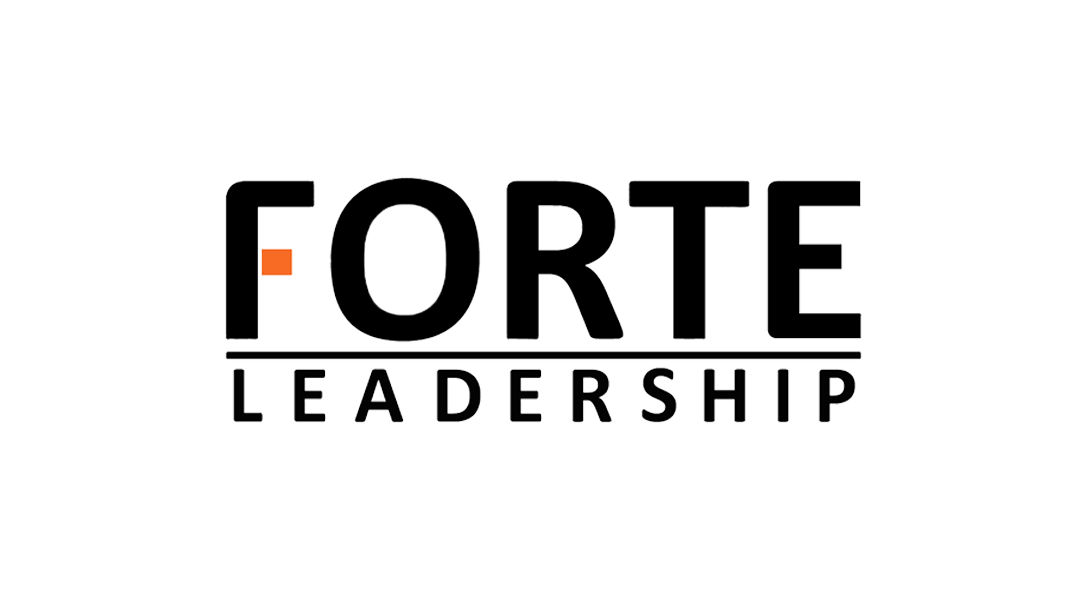
When comparing change models, Lewin’s model is the simplest. Originally developed by Kurt Lewin shortly before his death and published posthumously in the Human Resource Journal (Cummings, Bridgman, & Brown, 2015), the model breaks change down into three steps: Unfreeze, Change, and Refreeze. This model is considered the foundation of change management theory. While it has received mixed reviews, some critics point out its lack of formality, while others praise its flexibility. Consequently, each phase can represent something slightly different depending on the individual and the situation.
The idea of a flexible theory invites us to delve deeper into its implications. For starters, a conceptual paper titled “Kurt Lewin’s Change Model: A Critical Review of the Role of Leadership and Employee Involvement in Organizational Change” leans on the work of Cummings and Worley (2023). They identify the components that make up these three phases. The activities identified in the Unfreeze phase consist of motivating change and creating a vision. The Change phase itself involves developing political support and managing transitions. Finally, the Refreeze phase focuses on maintaining momentum. In the Cummings and Worley article, there is less emphasis on the actual phase components, instead highlighting the importance of involving employees during the Unfreeze and Change phases. They suggest that engaging employees can make the Refreeze phase easier and may even allow it to occur more naturally. This level of ambiguity allows users to interpret the specific activities within each phase in a way that best suits their situation, which starkly contrasts with Kotter’s model, which explicitly outlines eight unique steps that must be followed to effectively implement change.
In the following sections, I will share suggested activities for managing change and transitioning from one phase to the next. In line with Lewin’s model, you may choose to employ all of these activities, skip some, or add additional activities to best suit your change situation.
Unfreeze:
The Unfreeze phase is a step used to prepare organizations or individuals for an upcoming change. This phase identifies the need for change, establishes a sense of urgency, and motivates people to move away from the status quo. At a high level, we focus on motivating change and creating a vision.
From research and personal experience, I suggest core activities for the Unfreeze stage should include:
- Effective Two-Way Communication: Open and transparent communication about the reasons for change, addressing any concerns, and gaining buy-in for the change initiative.
- Identifying the Reason for Change: Analyzing the current situation using facts and data to understand how problems impact the ecosystem. This may involve questioning existing practices, beliefs, and behaviors that hinder change.
- Building Buy-In: Leaders need to secure support from stakeholders by demonstrating the benefits of change and the potential downsides of maintaining the status quo.
- Addressing Resistance: The Unfreeze stage aims to reduce resistance to change by proactively addressing concerns and fears.
- Creating a Sense of Urgency: Clearly demonstrating the need for change and highlighting the potential benefits to foster motivation.
Change:
In Lewin’s model, the Change phase is when people transition from old practices to new ones and involves the actual implementation of new behaviors or processes. To succeed, it’s essential for leaders to continue developing and nurturing political support and effectively manage transitions in favor of the change initiative.
Proposed core activities for the Change stage should include:
- Communication and Support: Clear and concise communication, along with ongoing support, is crucial during this stage to help individuals navigate the transition and tackle any challenges.
- Training and Support: Providing necessary training and ongoing assistance as team members learn and implement the new processes.
- Overcoming Resistance: It’s highly probable that skepticism will persist. Leaders must continue to manage any remaining resistance.
The Change phase often takes the longest; encouraging everyone to adopt new behaviors can be challenging
Refreeze:
The Refreeze phase focuses on maintaining momentum. By this point, the team understands the reasons for the change and can visualize it. They are moving closer to modifying behaviors and processes, inching toward the realization of the vision. It is essential to embed this change into the organizational culture, solidifying the new behaviors and ensuring that they become the new standard. Lastly, this is the time to address any lingering resistance.
To maintain momentum, we should consider the following core-activities.
• Reinforcing new behaviors and celebrating success: Actively rewarding and encouraging employees and teams who consistently practice new behaviors focused on adopting the change.
• Establishing new policies and procedures: Align organizational policies and procedures with the implemented change.
• Communication and Feedback: Continuing to communicate the benefits of the change, providing progress updates and addressing any concerns to maintain buy-in.
• Monitoring and feedback: tracking the effectiveness of the change and making adjustments as needed.
Lewin’s model is fundamentally one of the simplest change models to understand and visualize compared to others. However, the lack of clear definitions for the activities within the “Unfreeze,” “Change,” and “Refreeze” phases can lead to various interpretations and debates. Individuals who thrive in ambiguous environments may appreciate the opportunity to figure things out as they go. In contrast, those who prefer more structure might become frustrated by the absence of specific guidelines.
A balanced approach could be to remember the key activities associated with each stage. In the “Unfreeze” stage, we need to establish the necessity for change and communicate a clear vision of what the post-change scenario will look like. During the “Change” phase, it is essential to foster political support and collaborate with teams to implement the change effectively. Finally, in the “Refreeze” stage, our focus should be on maintaining momentum and ensuring the changes are sustained.
As a final thought, what core activities would you prioritize when navigating change using Lewin’s change model?
